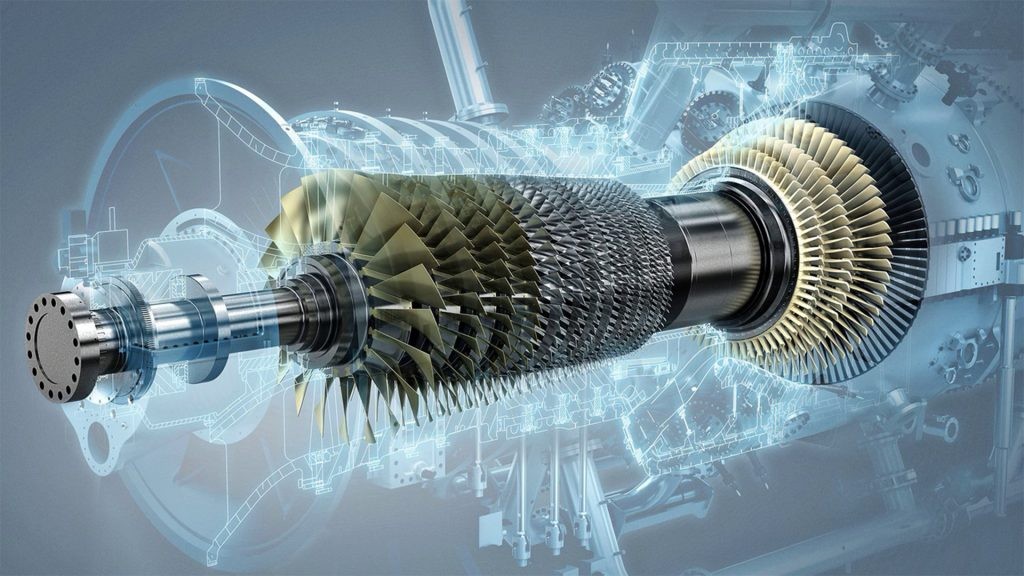Gas turbines are at the heart of modern power generation and industrial processes, known for their versatility, reliability, and ability to deliver high power output. From powering large industrial plants to driving gas turbines play a critical role in numerous applications. However, their operation is influenced by a variety of factors that directly impact performance, efficiency, and longevity.
Understanding these factors is crucial for optimizing gas turbine performance, reducing operational costs, and ensuring compliance with environmental regulations. Whether it’s the quality of fuel, ambient conditions, or the effectiveness of maintenance strategies, each element contributes to the overall efficiency and reliability of the system.
Fuel Quality and Composition
The quality and composition of the fuel used in a gas turbine directly impact its performance and efficiency. Impurities or variations in fuel can lead to incomplete combustion, increased emissions, and potential damage to turbine components. Consistent and clean fuel ensures stable operation, minimizes wear, and improves overall system longevity. Operators must regularly monitor and optimize fuel quality to maintain optimal performance.
Humidity
Humidity levels in the surrounding air can significantly influence gas turbine efficiency. High humidity reduces air density, affecting the amount of oxygen available for combustion, which can lower performance. In some cases, controlled humidity is utilized intentionally to reduce nitrogen oxide (NOx) emissions. Understanding and managing the effects of humidity are vital for maintaining stable operation across varying environmental conditions.
Maintenance and Operational Practices
Regular maintenance and effective operational practices are essential for ensuring the reliability and efficiency of gas turbines. Scheduled inspections, predictive maintenance, and timely repairs prevent unexpected failures and extend the turbine’s operational life. Properly trained personnel and advanced monitoring systems are critical in identifying potential issues early and maintaining optimal performance.
Air Extraction
Air extraction is often used in gas turbines for cooling or auxiliary processes, such as powering secondary systems. While necessary, excessive air extraction can reduce the overall efficiency of the turbine by diverting airflow from the main combustion process. Balancing air extraction is crucial to avoid compromising performance and ensuring that cooling and other systems operate efficiently.
Load and Operational Demands
Gas turbines perform differently under varying loads and operational demands. Operating at part load can reduce efficiency compared to full-load operation, while frequent start-stop cycles can increase wear and tear on components. Optimizing the load profile and understanding operational requirements can help in maintaining a balance between performance and longevity.
Component Efficiency
The efficiency of individual components, such as the compressor, combustor, and turbine blades, is fundamental to the overall performance of a gas turbine. Worn or degraded components can lead to energy losses and reduced output. Regular inspections, cleaning, and upgrades of critical parts ensure that the turbine operates at peak efficiency and remains reliable over its operational lifespan.
Future Trends in Gas Turbine Technology
Gas turbine technology is continually evolving, driven by the demand for higher efficiency, lower emissions, and greater operational flexibility. These advancements are shaping the future of power generation and industrial applications, making turbines more reliable and sustainable.
Enhanced Materials and Design
One of the most significant trends is the development of advanced materials that can withstand higher temperatures and stresses. Ceramic matrix composites (CMCs) and other high-performance materials enable turbines to operate at higher temperatures, improving thermal efficiency and reducing fuel consumption. Innovative blade designs and aerodynamics are also being explored to maximize performance.
Integration with Renewable Energy Sources
Gas turbines are increasingly being used in conjunction with renewable energy systems like wind and solar. Their ability to ramp up quickly makes them ideal for providing backup power when renewable output fluctuates. Hybrid systems, where gas turbines and batteries work together, are being developed to enhance grid stability and efficiency.
Hydrogen as a Fuel
The shift toward cleaner energy sources has spurred interest in hydrogen as a fuel for gas turbines. Turbines capable of running on pure hydrogen or hydrogen-natural gas blends are being designed to significantly reduce carbon emissions. This development aligns with global goals for decarbonizing the energy sector.
Gas turbine operation and control systems
The systems rely on a combination of controllers, sensors, and actuators to manage key functions such as fuel intake, combustion, and turbine speed. Controllers continuously monitor real-time data and make adjustments to ensure optimal performance, while sensors track important parameters like temperature, pressure, and vibration. Actuators then adjust components such as fuel flow and turbine speed to maintain stability and power output.
A key function of the gas turbine control system is load management. As power demand fluctuates, the system adjusts the fuel and air flow to the combustion chamber to maintain the correct turbine speed and power output. In addition to load control, the system also ensures efficient fuel management, regulating the amount of fuel entering the turbine to maximize combustion efficiency. Temperature control is another critical function, as it prevents overheating and damage to the turbine by monitoring and adjusting the operating temperature as needed.
Modern gas turbine control systems also incorporate advanced technologies such as predictive maintenance and remote monitoring. These innovations enable operators to anticipate and address potential issues before they lead to costly downtime or damage. Additionally, integration with other power plant systems, such as SCADA and generator controls, ensures seamless operation and efficient communication across the plant. Regular maintenance and system upgrades are essential to keep the turbine operating at peak performance, with new control algorithms helping extend the life and improve the efficiency of older turbine models. DS200PCCAG8A, DS200UPLAG1B, DS215SLCCG1AZZ01A are examples of GE control system parts.
Conclusion
Gas turbines remain an indispensable part of modern energy systems and industrial processes, offering flexibility, efficiency, and reliability. However, their performance is influenced by numerous factors, including fuel quality, ambient conditions, maintenance practices, and operational demands. Addressing these aspects holistically ensures optimal performance, extended lifespan, and reduced environmental impact.
